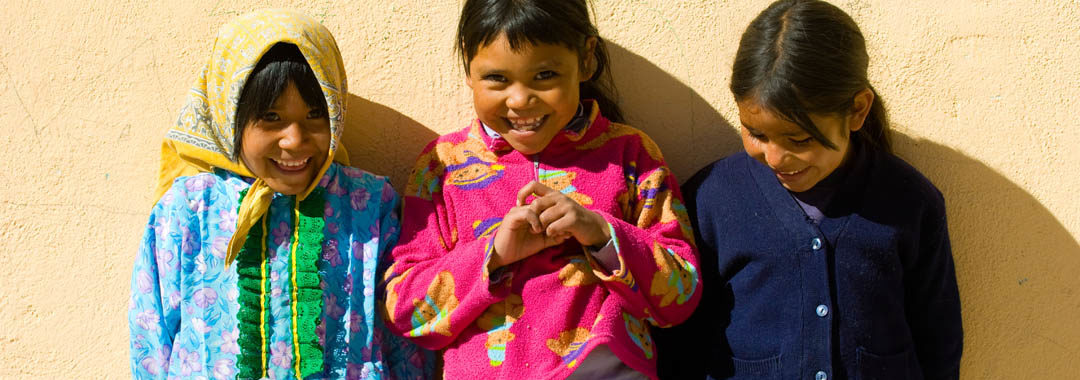Babies and young children love to crawl on floors and experiment with sensations of touch and taste. While this is a natural part of development, if the surface that a child is exploring is unsanitary, they are at risk of exposure to harmful parasites. To combat this risk, an innovative project in Mexico is tackling the source of the problem, replacing traditional dirt floors in slum houses with a clean and simple alternative: cement.
According to a study by University of California, Berkeley's Center of Evaluation for Global Action (CEGA), up to 600 million people globally – in urban areas alone – are exposed to serious health risks because of poor housing. Perhaps most shocking is the effect this has on children. Increased contact with parasites can cause diseases such as diarrhoea, which kills around 750,000 children a year, and anaemia, a condition which slows a child's cognitive development.
"Parasitic infestations pose serious threats to young children," says the CEGA report. "More than three million children die from parasitic diseases each year."
Many parasites breed on fecal matter, which is brought indoors on the soles of shoes or on animals. This puts children who live in houses with dirt floors at greatest risk of infection, according to the team at Berkeley.

Aerial view of a barrio in the city of Leon, Mexico. (Photo via Getty)
"Dirt floors provide a vector for parasites to infest people, especially young children, since fecal matter tends to remain on the floor because it is less easy to spot, and dirt floors are not easy to clean," says the report.
Cement flooring solution
An initiative in Mexico, called Piso Firme, or Solid Floor, launched in 2000, has set out to tackle the problem, by replacing dirt floors in houses with cement floors. The aim is to improve quality of life and lower residents' exposure to parasites. The criteria for participation is straightforward: the house must have dirt floors – up to a maximum of 50m2 – and the residents have to prove they own the building.
Piso Firme supplies the cement and householders lay the new floors themselves. Volunteer labourers have stepped in to assist when this is not possible. By 2012, a staggering 2.7 million cement floors had been installed as part of the ongoing project.
The results were impressive. According to the team at UC Berkley, Piso Firme homes showed a 20% reduction in the presence of parasites when compared to a control group that did not take part in the project. Furthermore, a 13% and 20% reduction in the prevalence of diarrhoea and anaemia respectively was recorded.
"We find that replacing dirt floors with cement significantly improves the health of young children, measured by decreases in the incidence of parasitic infestations, diarrhoea and the prevalence of anemia, and an improvement in children's cognitive development," say the team.
Not only did replacing dirt floors with cement floors produce a healthier, cleaner and more attractive environment, the researchers also noted a decrease in mothers' levels of depression and stress, by 12.5% and 10.5% respectively. This is perhaps unsurprising given that Piso Firme appears to have had such a positive effect on their family's health.

(Photo via iStock)
"We find significant improvements in adult welfare measured by increased satisfaction with their housing and quality of life, as well as by lower scores on depression and perceived stress scales," concludes the team.
Piso Firme has been a huge success and continues to be rolled out across Mexico. It has implications for other middle-income countries with growing slum communities, demonstrating the key role that cement can play in improving family health, wellbeing and happiness by offering a simple and cost-effective way of tackling the root cause of many preventable childhood illnesses.



